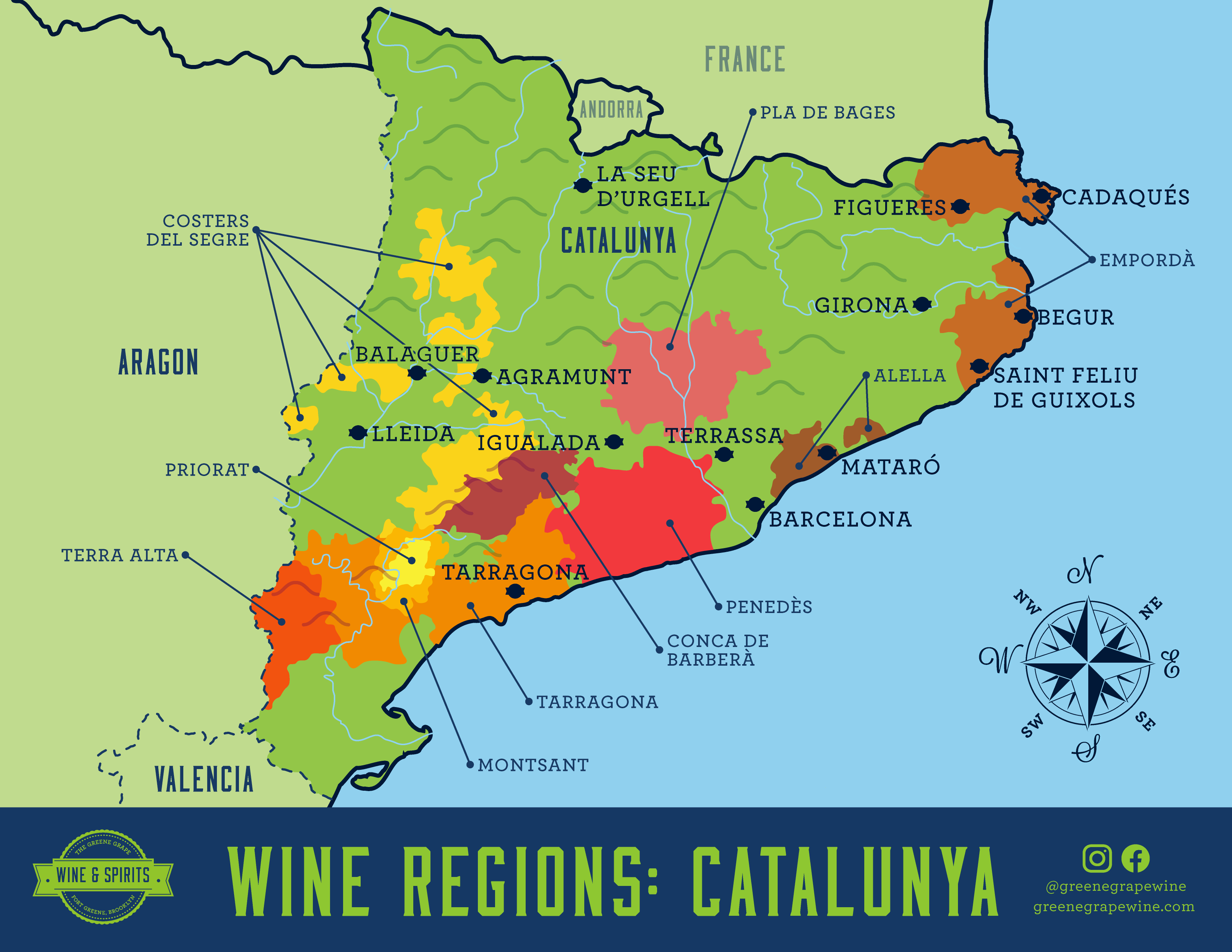
Orange Wine Myths: Busted!
In honor of #NationalOrangeWineDay, we’re taking a closer look at some of the most persistent myths about orange wine. For starters, what is orange wine, anyway? Well, the name is a misnomer. The wine gets its characteristic color from extended contact with the skins, much like red wine or rose. is made from white grapes, using a process similar to that used while making red or rosé. A thrilling alternative for people who love white wines, while also appealing to those who love tannic red wines, orange wines can be big, dry, and occasionally funky, depending on how long they’ve had skin contact. Read on for more fun facts about one of the most ancient and popular styles of wine on the market today. 
Myth: Orange Wine Is Just A Fad.
This “fad” dates back thousands of years, especially in Georgia, where orange wine is thought to originate from. Georgian wine making traditions date back at least 8,000 years, where all white wines had varying lengths of skin contact. In fact, we’re the ones late to the game, as other countries have been producing orange wines for generations.
Myth: All Orange Wines Are Natural.
False! While plenty of orange wines are natural, there are also a handful of orange wines that aren’t. Like all wines it kind of depends on the winery and their practices. But with both orange wines and natural wines being fairly popular, it’s more likely you’ll find natural orange wines than not.
Myth: Orange Wines Are Only Produced in Georgia, Italy, and Slovenia.
Think again! Orange wines are produced all over the world, with delicious wines being produced from places like Spain, Germany, the U.S., and even South Africa. All winemaking countries have the ability to produce orange wines, and for the most part do - not just the countries that are well-known and popular.

Myth: Orange Wines Look Like How They Sound - Orange!
Orange wines range in hues of orange from ripe tangerine to amber to even pale yellow. The color tells you an array of things like the varietal, the length of time the wine was fermented with the skin, and the fermentation vessel, to name a few.
Myth: All Orange Wines Taste The Same.
Each orange wine tastes a little different from one another. There are no blanket tasting notes for orange wines, and there’s even a noticeable difference between orange and white wines. Orange wines can range from being bold and robust, with notes of tropical fruit, hazelnut, and bruised apple to rustic and earthy, with notes of forest floor, button mushroom, and citrus.
Ready to sip? Here are some of our favorite orange wines:



